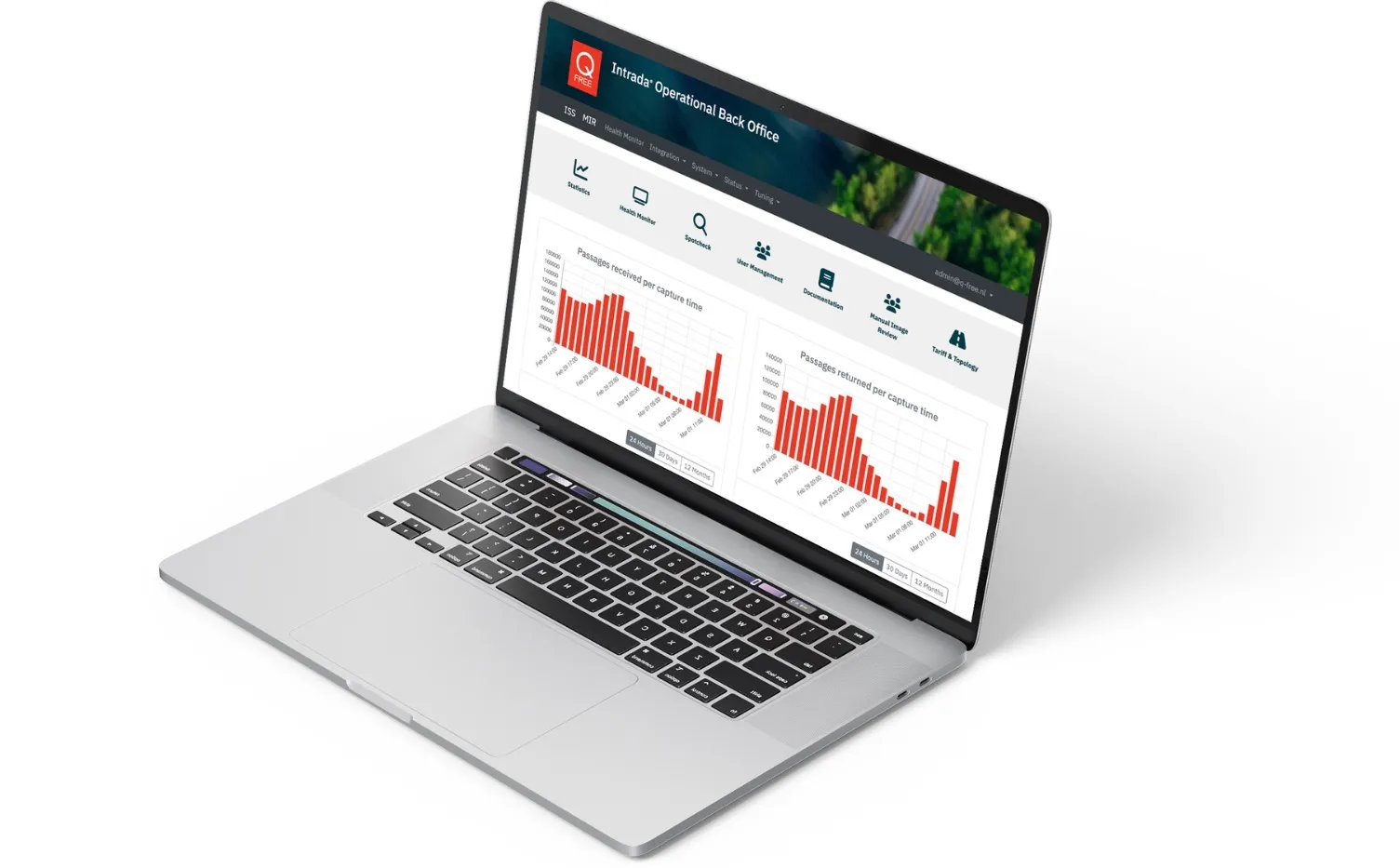Legic Identsystems has announced it is developing Legic MMT to improve security and convenience for Mifare-based environments. The forthcoming development will be based on the company's Master-Token System Control, a proven concept which is in worldwide use.
March 23, 2012
Read time: 1 min
According to Legic's Dr. Reinhard Kalla, "The extension of our Master-Token concept to the Mifare world allows our customers a new scope of applications. We are happy to be able to provide our know-how and components which enable a new level of security and simplicity in Mifare based identification systems."










